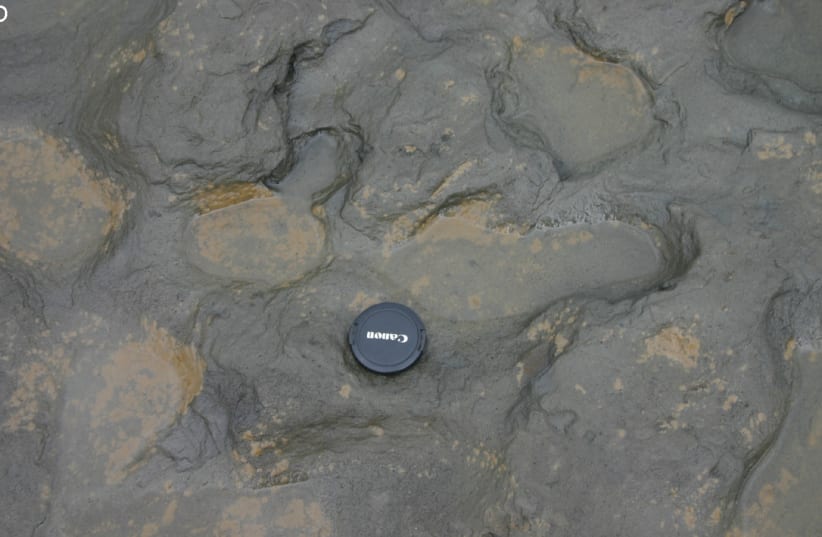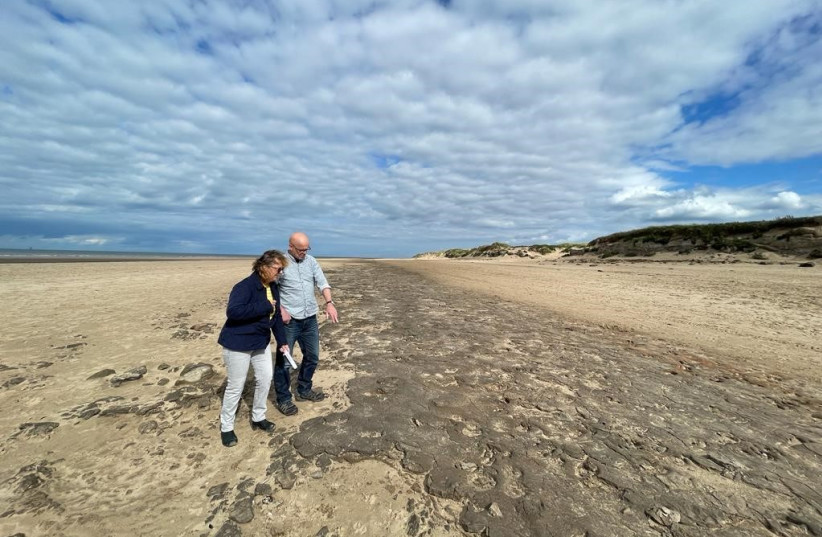A new University of Manchester archaeological study found that ancient human and animal footprints found on a beach in Merseyside coincide with a major decline in Ancient Britain’s animal diversity.
The study, published in the journal Nature Ecology and Evolution in late September, introduced new radiocarbon dating, which eventually led researchers to discover that the footprint beds at the UK-based archaeological site "Formby Point" are much older than previously thought – and are actually from Mesolithic to Medieval times (9000 to 1000 years ago).
The footprint beds show that humans shared the ecosystem with deer, boars, wolves and other animal species 6,000 to 9,000 years ago. As sea levels rose after the last ice age, more humans began to migrate to the location and animal species grew extinct.
“The Formby footprint beds form one of the world’s largest known concentrations of prehistoric vertebrate tracks. Well-dated fossil records for this period are absent in the landscapes around the Irish Sea basin,” explained study co-author and University of Manchester Professor Alison Burns.
“This is the first time that such a faunal history and ecosystem has been reconstructed solely from footprint evidence.”
An omen for the modern day
The decline in large mammals in the footprint record could be the result of several catalysts – such as habitat shrinkage following sea level rise and the development of agricultural economies, hunting and additional ruination brought along by a growing human population.
The study confirms what many already know about climate change and its effects, as the last 100 years have seen a record number of animal extinctions in what scientists have deemed a “mass extinction event.”
"We need to better understand these processes in both the past and the present."
Professor Jamie Woodward, University of Manchester
“Assessing the threats to habitat and biodiversity posed by rising sea levels is a key research priority for our times – we need to better understand these processes in both the past and the present,” said Jamie Woodward, study co-author and professor at the University of Manchester’s Geography department. “This research shows how sea level rise can transform coastal landscapes and degrade important ecosystems.”

